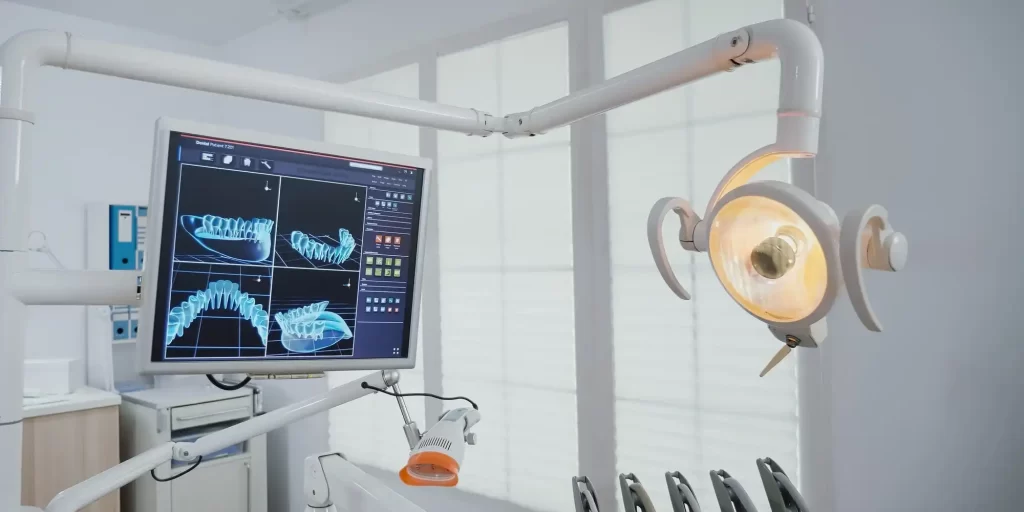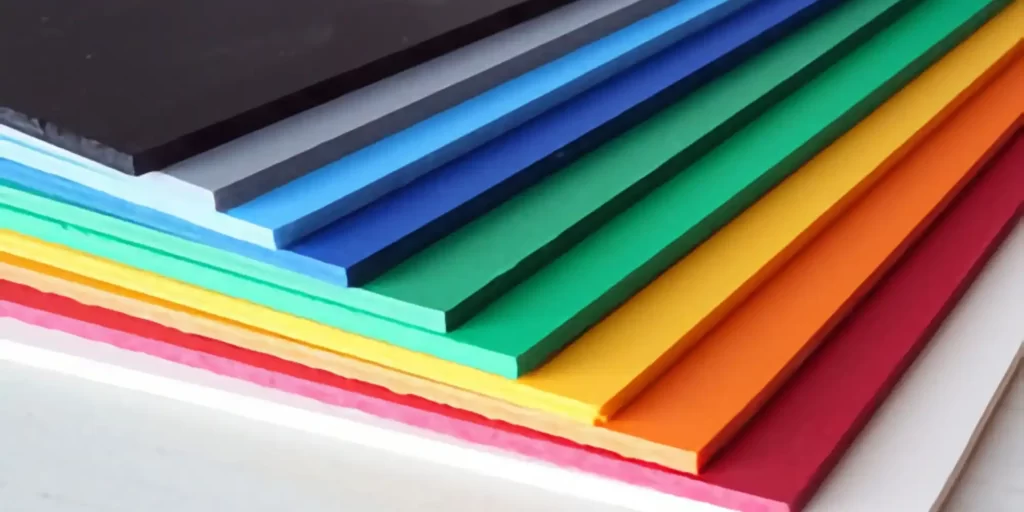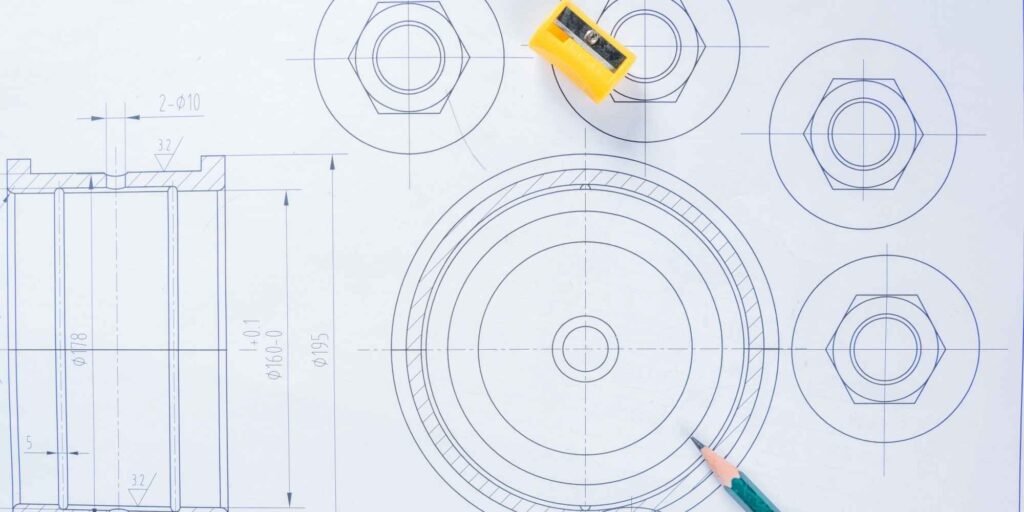In the ever-evolving world of dentistry, materials used in dental devices play a crucial role in patient comfort and treatment efficacy. Ethylene-Vinyl Acetate (EVA) foam, known for its flexibility, comfort, and hygienic properties, has emerged as a transformative material in the dental industry. This article explores the innovative use of EVA foam in dental devices, highlighting its benefits and addressing frequently asked questions about its role in dental care.
The Benefits of EVA Foam in Dental Devices
EVA foam brings several key advantages to the dental field:
1. Enhanced Patient Comfort:
EVA foam’s soft and flexible nature significantly increases comfort, especially in devices that require prolonged wear, such as mouthguards and retainers.
2. Customizable Fit:
Its moldability allows for a tailored fit, crucial in dental applications where precision and customization are key to treatment success.
3. Lightweight and Durable:
EVA foam is both lightweight and durable, making it ideal for creating dental devices that are comfortable for long-term use and can withstand the rigors of daily wear.
4. Hygienic and Easy to Clean:
The non-porous surface of EVA foam resists moisture and bacteria, making it a hygienic choice for oral devices that require regular cleaning.
5. Shock Absorption:
For mouthguards, EVA foam’s shock-absorbing properties are essential in protecting teeth and gums from impact during sports and other activities.
Applications of EVA Foam in Dental Devices
Mouthguards:
EVA foam is widely used in the production of sports mouthguards, offering protection while being comfortable and minimally intrusive.
Night Guards:
For patients with bruxism (teeth grinding), EVA foam night guards provide a cushion between the upper and lower teeth, preventing wear and reducing jaw strain.
Orthodontic Retainers:
EVA foam’s flexibility and comfort make it suitable for retainers, ensuring a snug fit and ease of use for patients.
Dental Impression Trays:
Custom EVA foam trays are used for taking precise dental impressions, crucial for various treatments and prosthetics.
Advancing Dental Treatments with EVA Foam
The integration of EVA foam into dental devices represents a significant advancement in dental care, focusing on patient comfort, treatment accuracy, and hygiene.
FAQs About EVA Foam in Dental Devices
Q: How does EVA foam improve comfort in dental devices?
A: EVA foam enhances comfort through its soft, flexible nature, reducing discomfort in devices like mouthguards and retainers.
Q: Is EVA foam customizable for different dental applications?
A: Yes, EVA foam can be easily molded to fit the unique contours of individual patients’ mouths, ensuring a precise and comfortable fit.
Q: Are EVA foam dental devices durable?
A: EVA foam is known for its durability, making it suitable for dental devices that require long-term use.
Q: How do EVA foam devices contribute to dental hygiene?
A: The non-porous surface of EVA foam makes it resistant to bacteria and easy to clean, which is essential for maintaining oral hygiene.
In conclusion, EVA foam has become a vital material in the field of dentistry, providing enhanced comfort, precision, and hygiene in various dental devices. Its combination of moldability, durability, and ease of cleaning makes it an ideal choice for dental applications. As dental technology continues to advance, EVA foam-enhanced dental devices are set to play a significant role in improving patient experiences and treatment outcomes in dental care.






